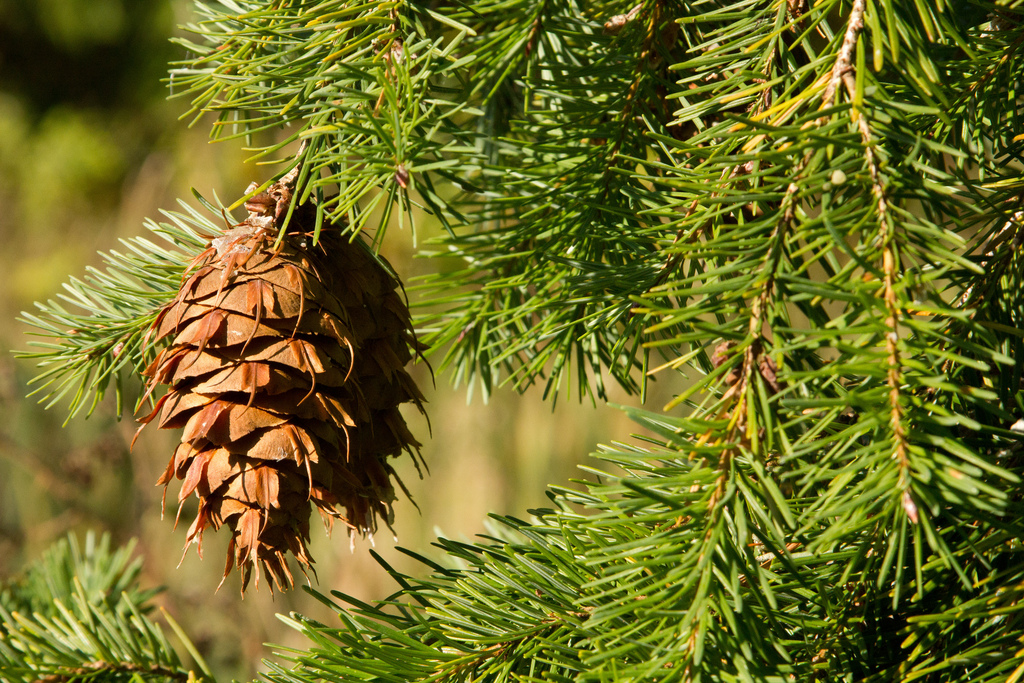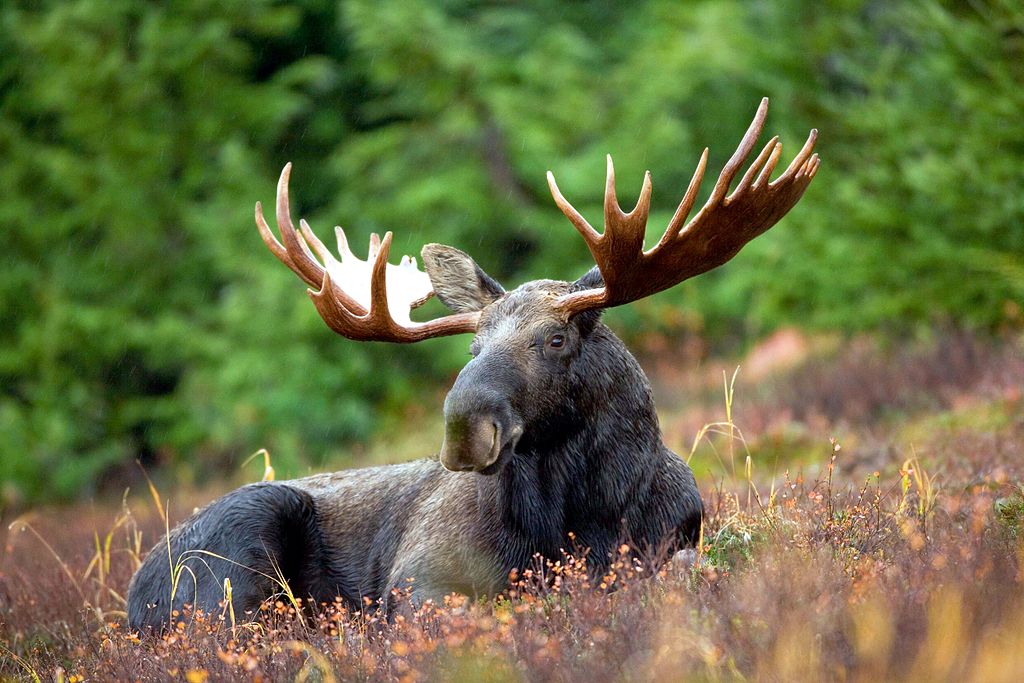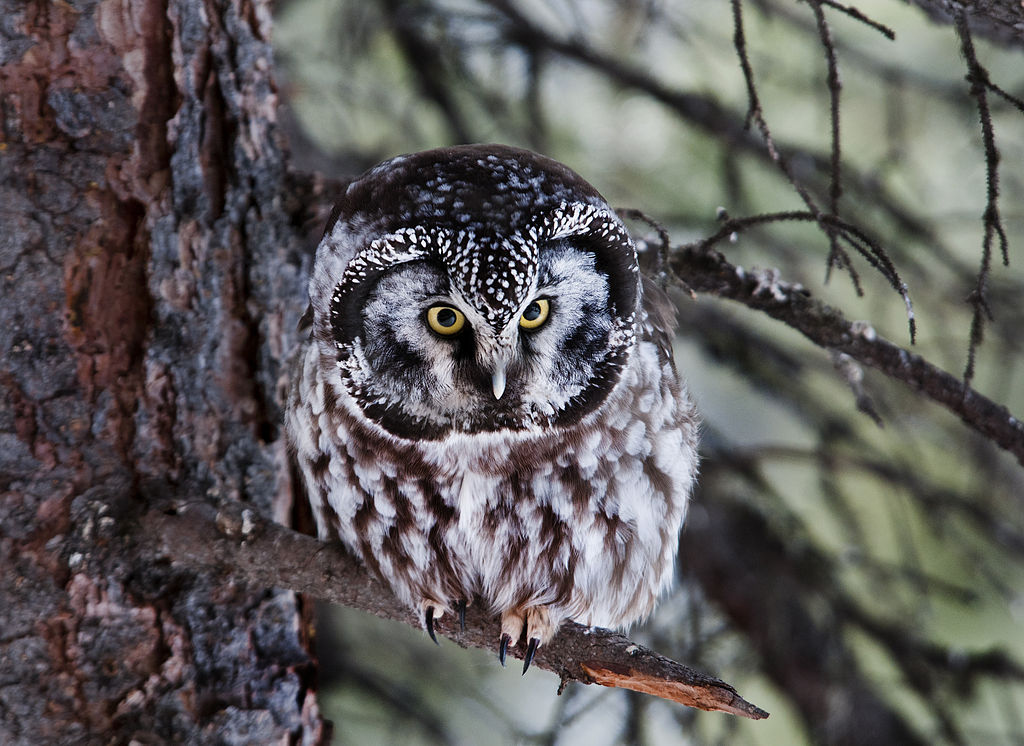BOREAL FOREST AND TAIGA
LOCATIONS
ECOLOGY POCKET GUIDE SUMMARY
The Boreal Forest and Taiga ecoregion, stretching across the northern latitudes, offers a powerful lesson in resilience and adaptation. Its vast expanses of coniferous trees and its delicate interplay between life and extreme conditions demonstrate how ecosystems can thrive even in environments where time itself seems to slow. For designers and urban planners, the Boreal Forest presents an opportunity to rethink the boundaries of what’s possible in challenging climates. Here, we find inspiration in the way nature orchestrates balance—long winters are met with ecosystems designed to conserve, endure, and regenerate.
The verticality of towering evergreens, the understated elegance of mosses and lichens, and the cyclical energy flows shaped by fires and nutrient-poor soils offer valuable models for designing systems that can withstand disruption and evolve with grace. By studying the Boreal Forest, we can explore strategies for resilience in the built environment, from passive energy design to materials that reflect nature’s ability to persist in scarcity.
For professionals seeking deeper integration of ecological principles, this ecoregion’s lessons are clear: success is not just about surviving; it’s about designing with the wisdom of ecosystems that thrive in the face of adversity.
ECOLOGY FRAMEWORK
BOREAL FOREST AND TAIGA
Abiotic Components (Non-living elements): The Boreal Forest and Taiga ecoregion experiences long, cold winters and short, cool summers. Permafrost is common in northern areas, while soils are often nutrient-poor and acidic due to limited decomposition. Precipitation is moderate, mainly in the form of snow, with annual totals ranging from 200 to 600 mm. Sunlight is limited in winter, leading to long periods of dormancy, and extensive snow cover helps insulate the ground and regulate temperatures.
Biotic Components (Living elements): The dominant vegetation consists of coniferous trees, such as spruces, pines, and firs, which are adapted to the cold climate and nutrient-poor soils. Understory vegetation includes mosses, lichens, and hardy shrubs. Mammals like the moose, caribou, wolves, and brown bears are common, as are smaller animals like hares, foxes, and lemmings. Birds like the boreal owl and various woodpeckers are seasonal or year-round inhabitants, and migratory bird populations surge in summer.
Trophic Structure (Feeding relationships): The trophic structure is defined by the base of primary producers, primarily coniferous trees and shrubs, supporting a range of herbivores like caribou and hares. These herbivores are preyed upon by wolves, lynx, and other carnivores, with apex predators like brown bears occupying the top of the food web. Decomposers, including fungi and bacteria, play a crucial role in breaking down organic material in this low-nutrient environment, recycling nutrients back into the soil.
Nutrient Cycles (Biogeochemical cycles): Nutrient cycling in the boreal forest is slow due to cold temperatures and limited microbial activity. The carbon cycle is particularly important, as this ecoregion holds a large portion of the world's terrestrial carbon in its trees and soils, particularly in permafrost regions. Fires, though infrequent, play a key role in releasing nutrients and maintaining the cycle of regeneration in forest patches.
Interactions (Relationships between organisms): The relationships in the Boreal Forest are a complex web of predator-prey dynamics, mutualism, and competition. For example, wolves help regulate herbivore populations, preventing overgrazing, which in turn maintains vegetation health. Symbiotic relationships between trees and fungi (mycorrhizae) help trees access nutrients in the nutrient-poor soils. Migratory birds, like warblers and thrushes, depend on the boreal forest during breeding seasons, while lichens provide a critical winter food source for caribou.
Adaptation and Resilience: Species in the Boreal Forest have evolved numerous adaptations to survive the extreme cold and short growing seasons. Trees are adapted to shed snow and withstand freezing temperatures, while animals like bears hibernate through winter, and others, such as hares and foxes, develop thick coats and change color for camouflage. The forest itself is resilient to fire and other disturbances, regenerating over decades and playing a crucial role in carbon sequestration.
System Boundaries and Scale: The Boreal Forest and Taiga extend across the Northern Hemisphere, covering large portions of Canada, Russia, Alaska, and Scandinavia. It represents the largest terrestrial biome, and its boundaries are typically defined by latitude and climate, transitioning into tundra in the north and temperate forests to the south. The scale of this ecoregion is vast, influencing global climate patterns and supporting biodiversity across continents.
Additional Ecologically Integrated Design Considerations
Allow large natural landscapes without barriers for migrations of large vertebrates and predators
Allow populations of carnivores
Prepare for epizootic (swarm) insect events and natural fire seasonally
Regeneration takes very long periods of time
Protect from the cold by creating wind barriers
Manage extreme cold during winter and humid hot summers
References
Bonan, G. B. (2008). Forests and Climate Change: Forcings, Feedbacks, and the Climate Benefits of Forests. Science, 320(5882), 1444-1449. DOI: 10.1126/science.1155121
Chapin III, F. S., Matson, P. A., & Vitousek, P. (2011). Principles of Terrestrial Ecosystem Ecology. Springer.
Gauthier, S., Bernier, P., Burton, P. J., Edwards, J., & Isaac, K. (2015). Climate Change Vulnerability and Adaptation in the Northern Forest Region of Ontario. Northern Ontario Boreal Forest. Canadian Forest Service.
Pastor, J., & Post, W. M. (1986). Influence of Climate, Soil Moisture, and Succession on Forest Carbon and Nitrogen Cycles. Biogeochemistry, 2(1), 3-27. DOI: 10.1007/BF02186962
Schlesinger, W. H., & Bernhardt, E. S. (2013). Biogeochemistry: An Analysis of Global Change (3rd ed.). Academic Press.
Walker, L. R., & del Moral, R. (2009). Primary Succession and Ecosystem Rehabilitation. Cambridge University Press.







